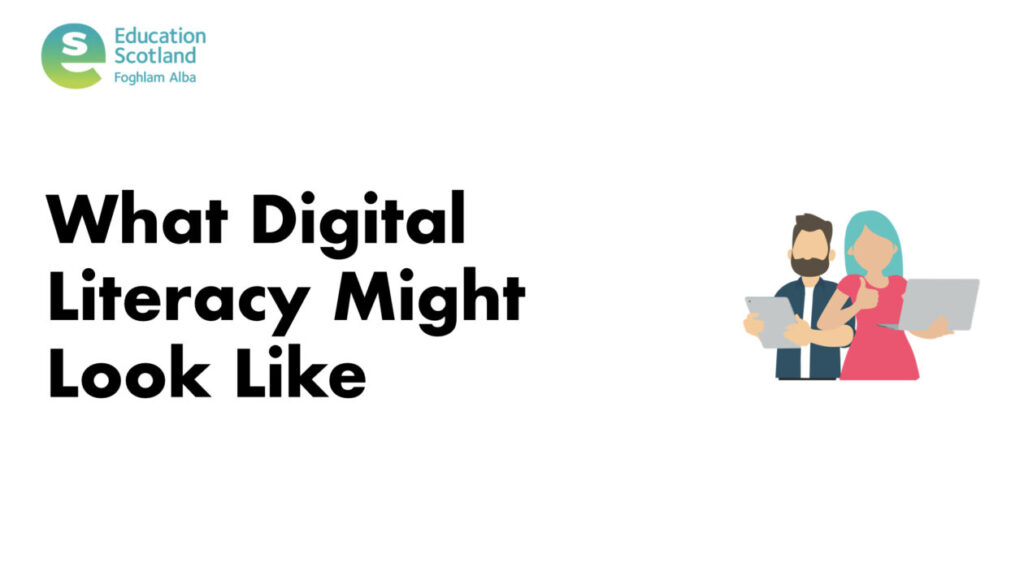
Learners should understand how computers and apps work, how to control them and solutions to simple issues, like resetting them.
They should be able to use common inputs, such as keyboards, mice and touchscreens, to find their way around the device, including opening and using apps and changing settings to make it easier to use.
This learning covers Experience and Outcome x-03a.

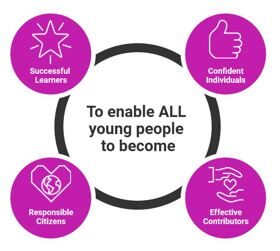


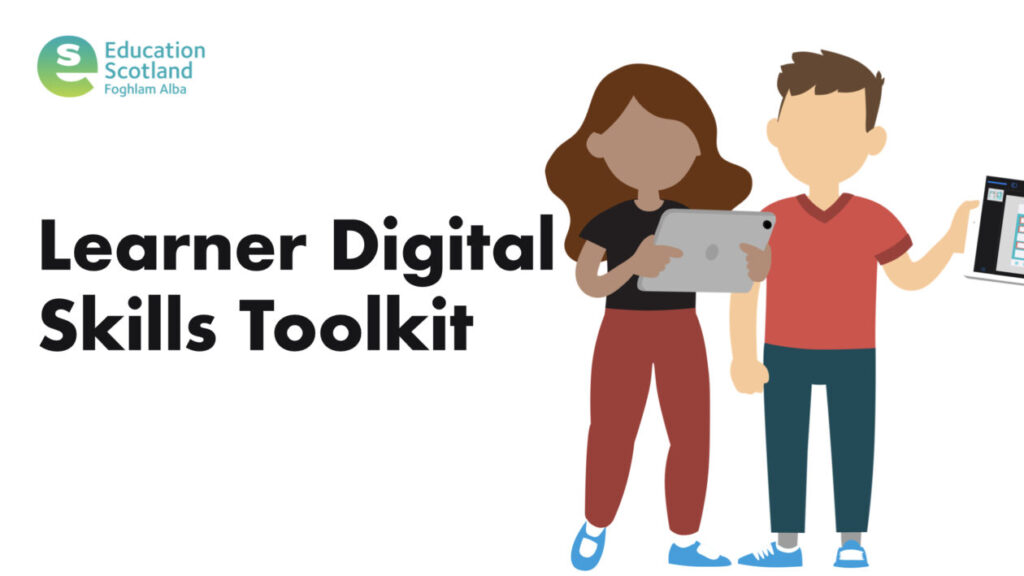

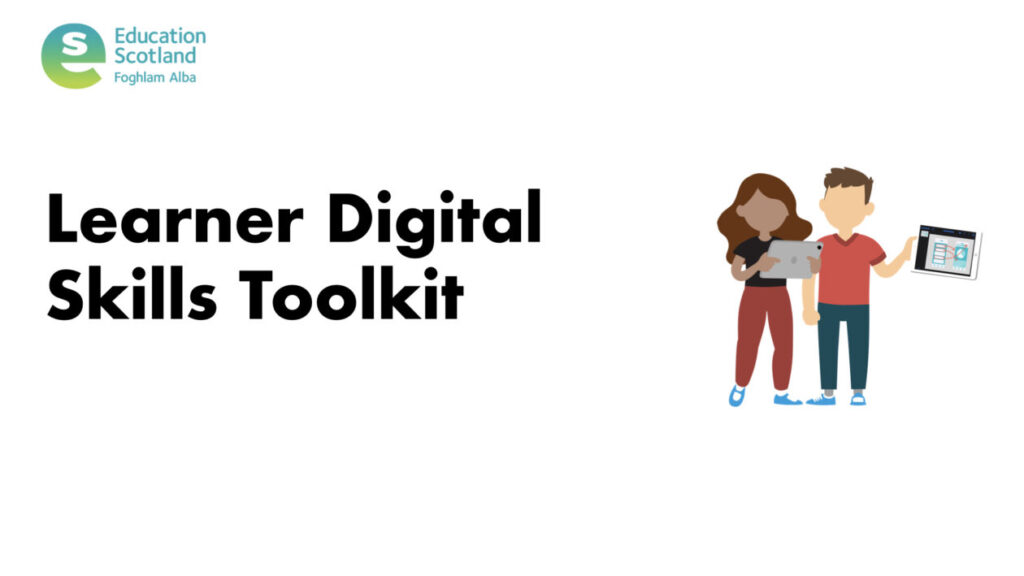
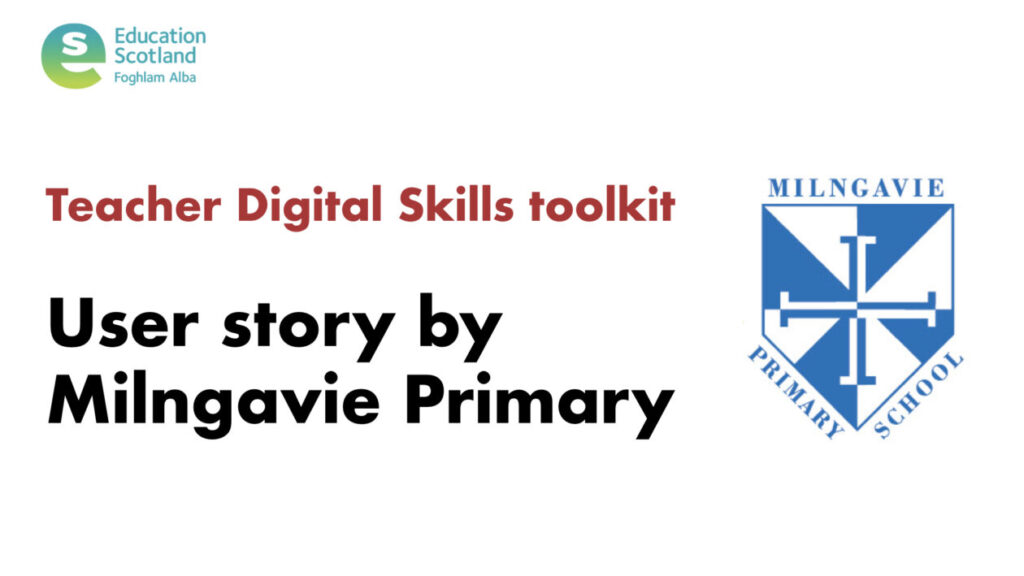

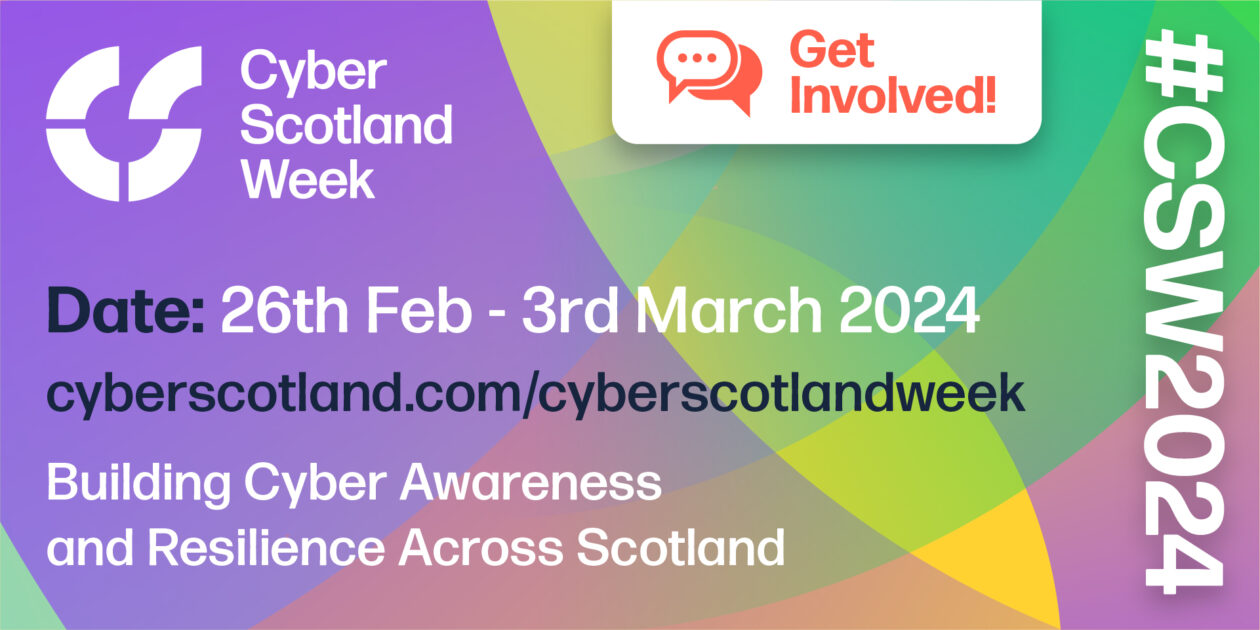
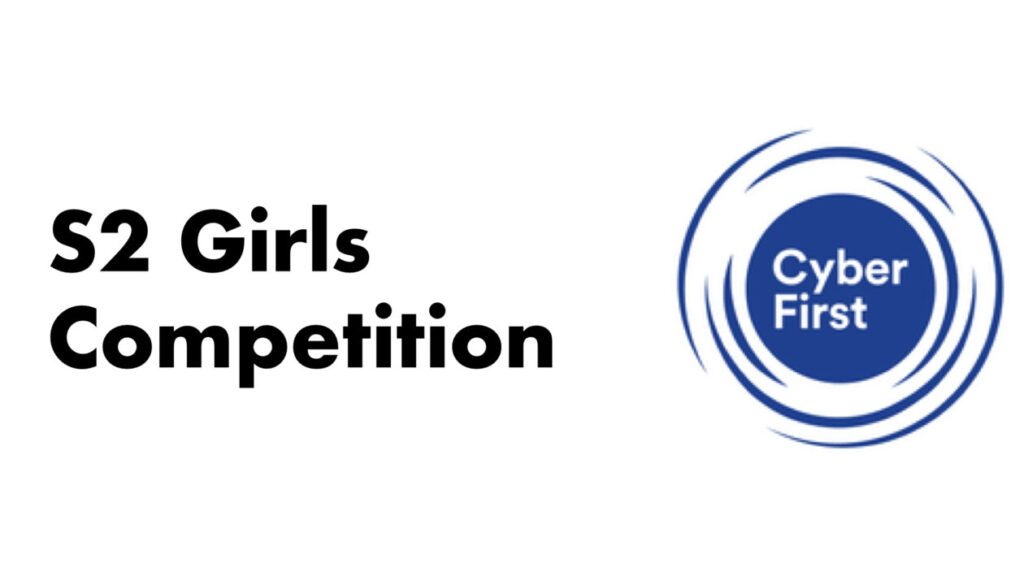

You must be logged in to post a comment.